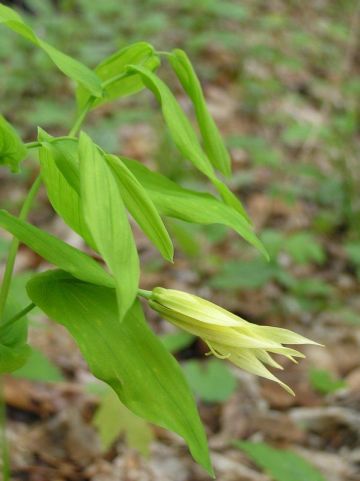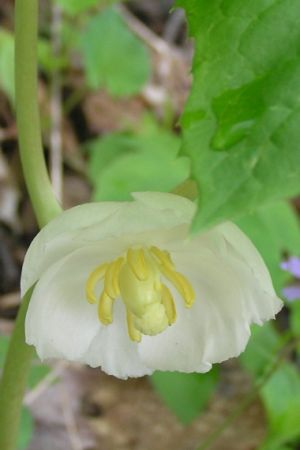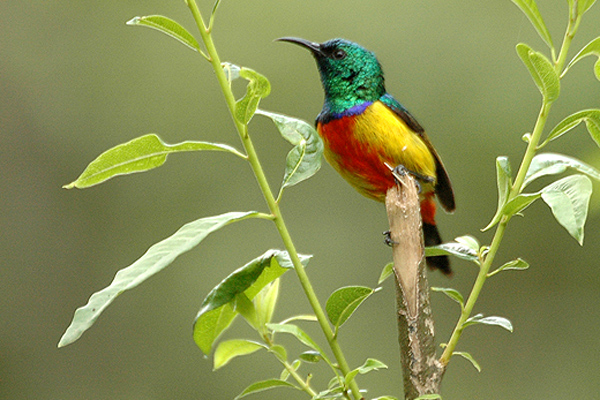
Today is the Summer Solstice, the day when the sun’s rays reach the furthest north and the sun shines its longest throughout the northern hemisphere. Here in Pittsburgh we’ll have 15 hours and 4 minutes of sunlight. For my friends in Finland, the sun will be above the horizon for 19 hours with bright twilight for the remaining five. It’s a happy day in Finland.
Musings about the sun and thoughts about birds combined in my head into “sunbird.”
Did you know there’s a family of birds called sunbirds, Nectariniidae, who live in Africa, southern Asia and northern Australia? The one pictured here is a male Regal Sunbird, Nectarinia regia, native of central equatorial Africa.
Sunbirds have a lifestyle similar to our hummingbirds because they feed primarily on nectar. Though the two families are unrelated they’re an example of convergent evolution: their needs are so similar that they’re equipped with the same tools.
Like hummingbirds, sunbirds they have short wings and fly fast. Some even hover, though most species perch as seen here. They have long bills for collecting nectar but will also collect insects to feed their young. The males are brilliantly colored, often in metallic hues. And like our hummingbirds, sunbirds who live where it’s cold at night are capable of entering torpor.
Except for his curved bill and long tail this sunbird looks a lot like a hummingbird. Unlike our hummingbirds his equatorial range means he’ll never experience summer’s longest day.
For more about summer and our longest day, see Chuck Tague’s blog. For more about sunbirds, click here.
(photo of male Regal Sunbird from Wikimedia Commons)
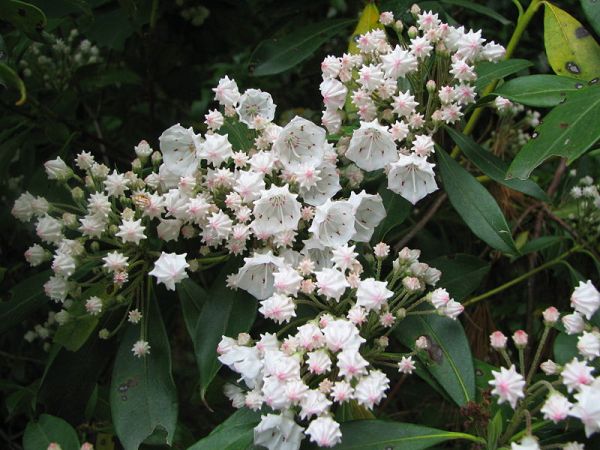
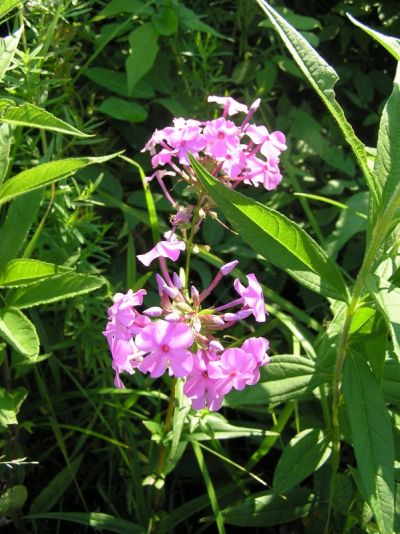
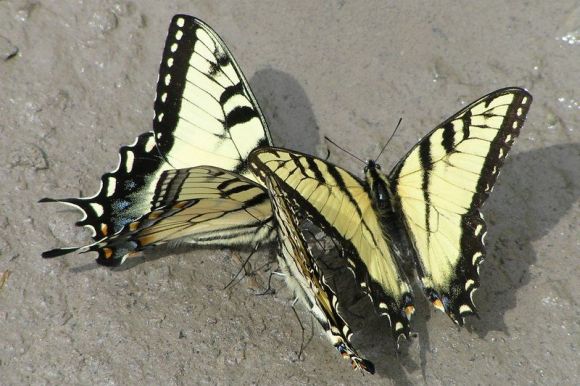
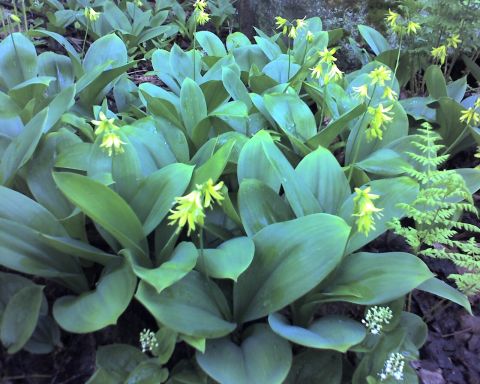
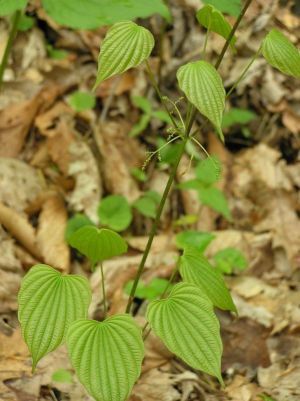 Though the subject says “June Blooms” I’m starting this month’s flower series with a plant whose flowers are far less noticable that its leaves.
Though the subject says “June Blooms” I’m starting this month’s flower series with a plant whose flowers are far less noticable that its leaves.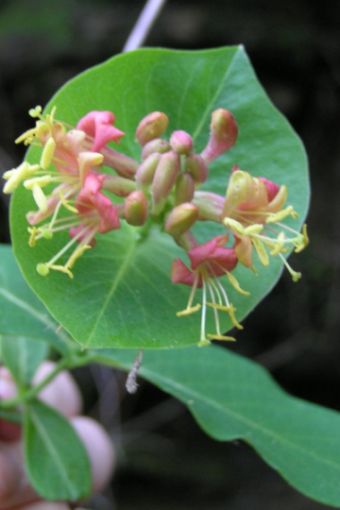
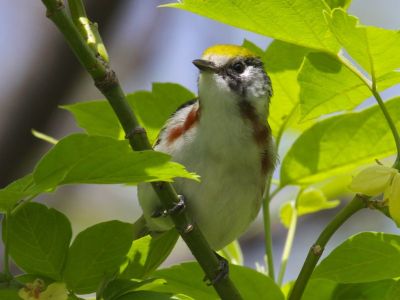 Things have been happening so fast this week that I missed
Things have been happening so fast this week that I missed 